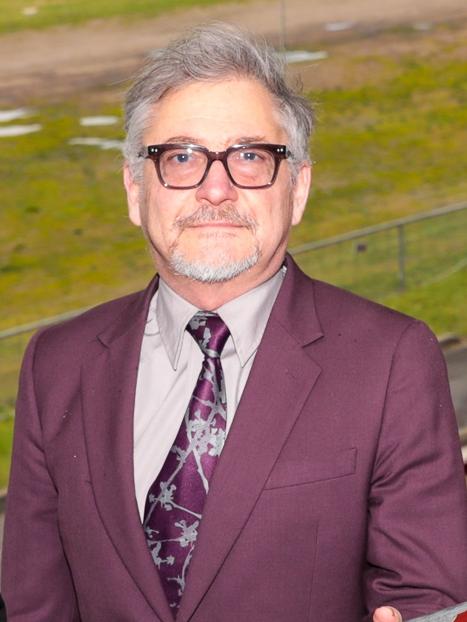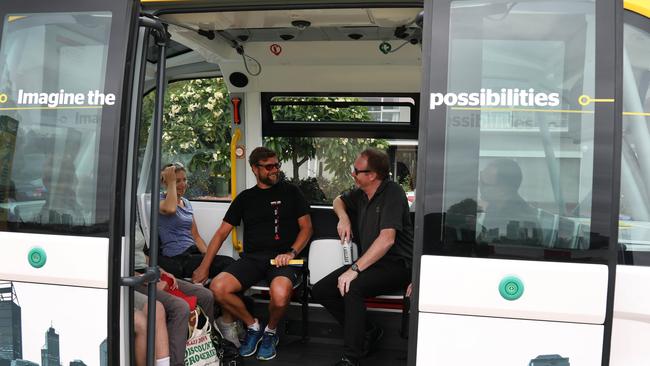Tasmanian architect says trackless vehicles are the answer to activate Northern Suburbs Transit Corridor
The debate about what to do with Hobart’s Northern Suburbs Transit Corridor rolls on, with one particular option standing out, according to a prominent Tasmanian architect. HIS VIEW >>>
Tasmania
Don't miss out on the headlines from Tasmania. Followed categories will be added to My News.
- Everything you need to know about the Derwent Ferry Service
- Let council’s vote be the end of the cable car saga
TRACKLESS electronic vehicles — not trains — are the answer to the activation of the Northern Suburbs Transit Corridor, says a prominent Tasmanian architect.
Timothy Hill, the director of architecture firm Partners Hill, argued electronically-guided vehicles were a cheaper and more efficient way and he believed they could even be built in Hobart.
The activation of the corridor has been earmarked under the Hobart City Deal which was signed in 2019, but government has not yet made a decision on the best mode of transport.
Autonomous vehicles are considered by some experts as a cheaper alternative to light rail.

Mr Hill, speaking at a Property Council of Australia event about the Hobart Showground redevelopment last week, said there had never been a better time to work towards the self driving vehicles which he described as ingenious, unique and fun.
Mr Hill said it was a better approach to invest in the fleet, rather than in the ground.
“Because you already have a corridor, because you can build the vehicles, it can be thought of as something that occurs much more incrementally,’’ he said.
“If we can build ferries, we can build beautiful little vehicles and you just keep attaching more of them together.
“If it’s 7.45am, it might be 150m long, at half past nine at night it might be four metres long.”

Mr Hill argued trains were not the answer.
“Trains are for going very long distances fast,’’ he said.
“Travelling around Hobart is not very far. You need something that can stop and start extremely quickly. It doesn’t really matter if it’s not amazingly fast.”
Infrastructure and Transport Minister Michael Ferguson said all parties to the Hobart City Deal agreed to activate the corridor within 5-10 years of signing, which is between 2024 and 2029.
“This is a complex project as it includes the development of a transport corridor as well as the urban renewal of residential and mixed zone areas adjacent to the corridor,’’ he said.
“As the owner of the corridor and procurer of passenger transport services, the government is analysing options for a future passenger transport solution utilising the corridor.
“A condition assessment of rail and associated assets on the corridor is being undertaken to inform the Government of the extent of works and costs for upgrading the existing infrastructure ready for transport services.”




